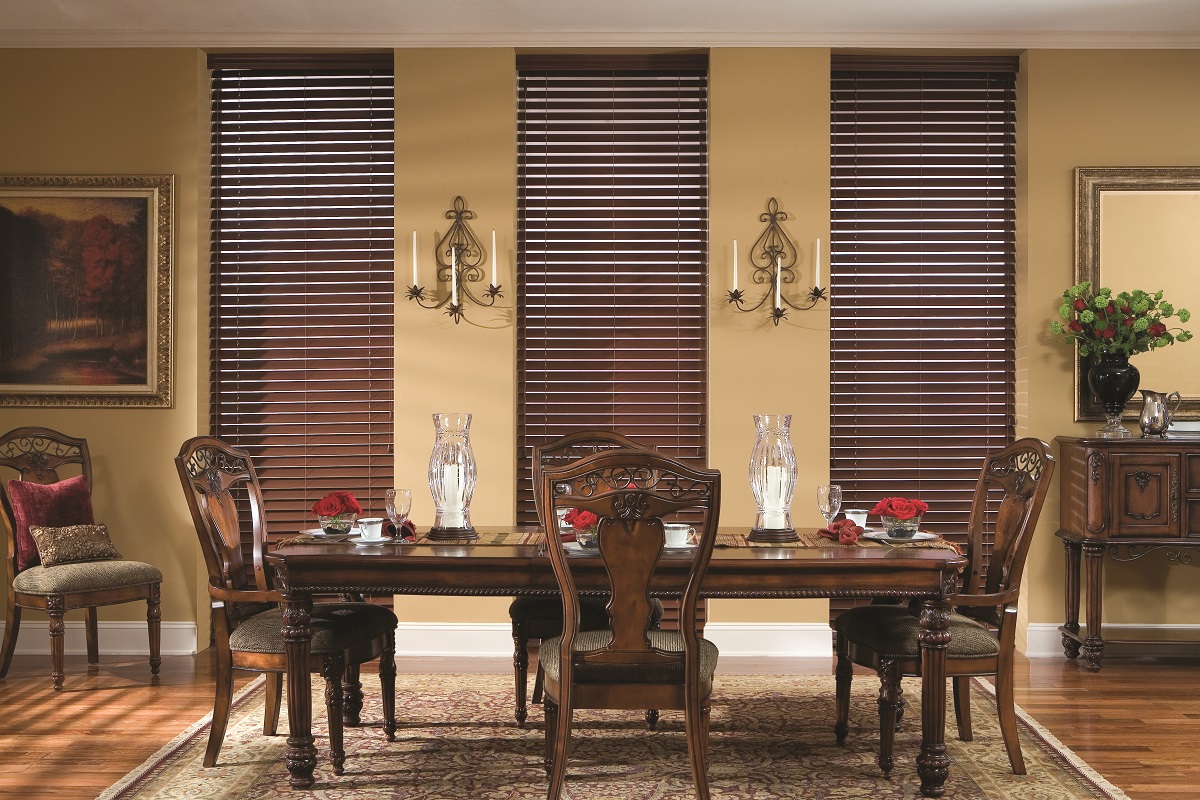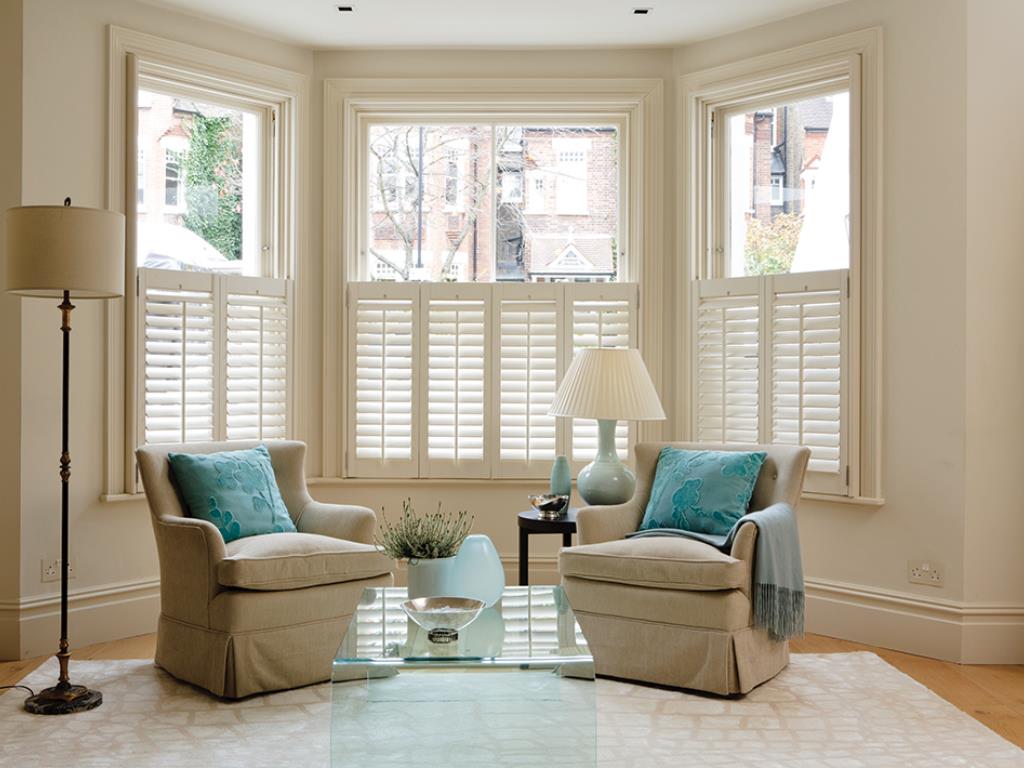When it comes to window coverings, there are various options available to homeowners, each offering unique features and benefits. Window blinds, shades, and shutters are three popular choices that can significantly impact the aesthetics, functionality, and overall ambiance of a space. In this article, we will delve into the characteristics and distinctions of window blinds, shades, and shutters to help you make an informed decision when selecting the perfect window treatment for your home.
- Window Blinds:
Window blinds are versatile and practical window coverings consisting of horizontal or vertical slats that can be adjusted to control light and privacy. They are typically made from materials such as wood, aluminum, vinyl, or fabric. Blinds offer precise light control by allowing you to tilt the slats at various angles or raise and lower them completely. They come in a range of styles including Venetian blinds (horizontal slats), vertical blinds (vertical slats), and mini blinds (narrower slats). Blinds are known for their clean and modern look, making them suitable for various room styles.

- Window Shades:
Window shades are fabric-based coverings that can be raised or lowered to control light and privacy. They come in a variety of styles, including roller shades, Roman shades, cellular shades, and pleated shades. Shades are available in different opacities, from sheer to blackout, providing varying degrees of light filtration. Unlike blinds, shades do not have slats but consist of a single piece of fabric. They offer a softer, more elegant appearance and can add texture and warmth to a room’s decor. Shades are popular for their versatility, as they can be customized to match any interior design theme.

- Window Shutters:
Window shutters are solid, sturdy coverings that are typically made of wood, vinyl, or composite materials. Shutters are installed directly onto the window frame and feature hinged panels or fixed louvers that can be opened or closed to control light and privacy. They come in different styles, such as plantation shutters and solid panel shutters. Shutters offer excellent insulation, durability, and architectural appeal. They provide a classic and timeless look that suits both traditional and contemporary home designs.

Key Differences:
a) Light Control: Blinds offer precise control over light and privacy with adjustable slats, while shades and shutters provide more limited light control options through raising or lowering the entire covering.
b) Material and Construction: Blinds are often made of materials like wood, metal, or vinyl, while shades are primarily fabric-based. Shutters, on the other hand, can be made of wood, vinyl, or composite materials.
c) Aesthetic Appeal: Blinds provide a modern and sleek appearance, shades offer softness and texture, and shutters exude a timeless elegance and architectural charm.
d) Insulation and Energy Efficiency: Shutters provide excellent insulation properties, followed by shades, while blinds may have less insulating capacity due to gaps between slats.
Conclusion:
Understanding the differences between window blinds, shades, and shutters is crucial when selecting the right window treatment for your home. Blinds offer versatility and precise light control, shades bring elegance and texture, while shutters provide durability, insulation, and a classic look. Consider your specific needs, aesthetics, and functionality requirements to make an informed decision that complements your space and enhances its overall ambiance. Remember, the perfect window treatment can truly transform a room and elevate your home’s style and comfort.
FOLLOW US ON SOCIAL
